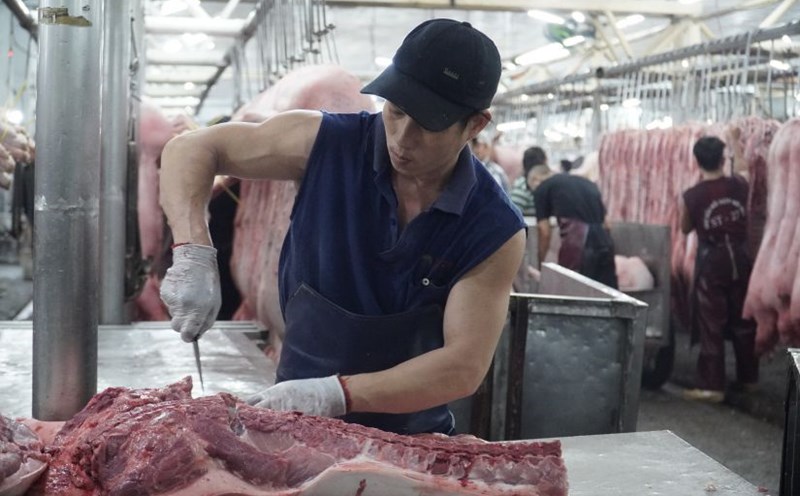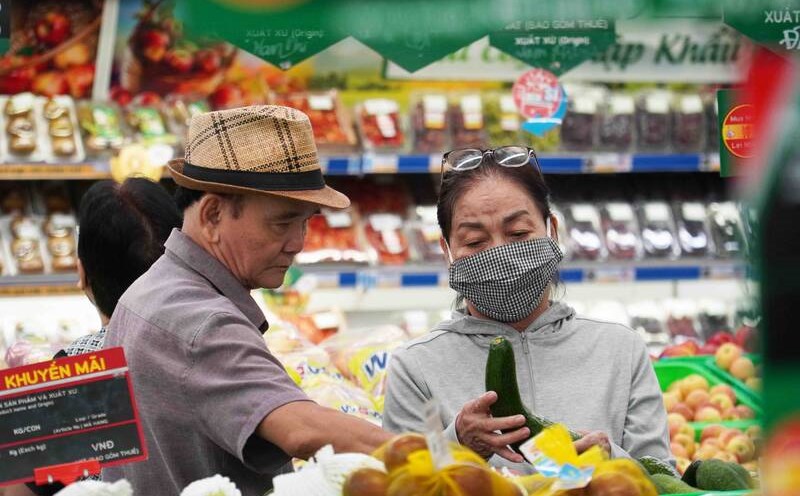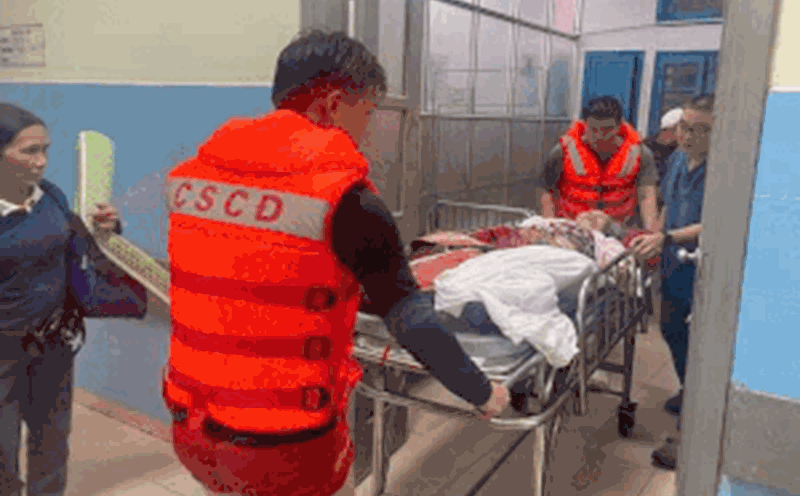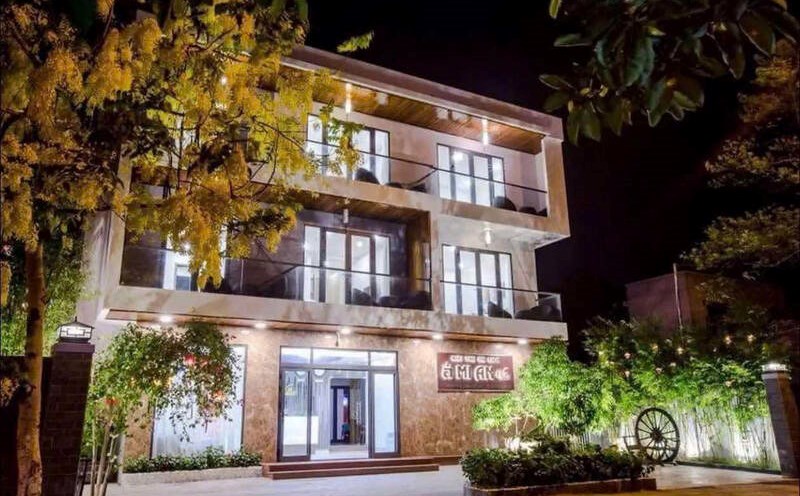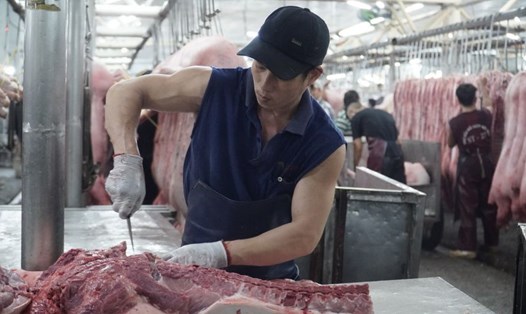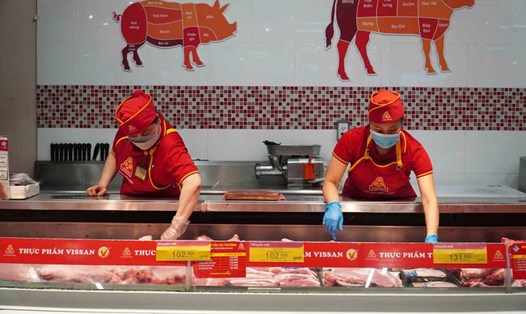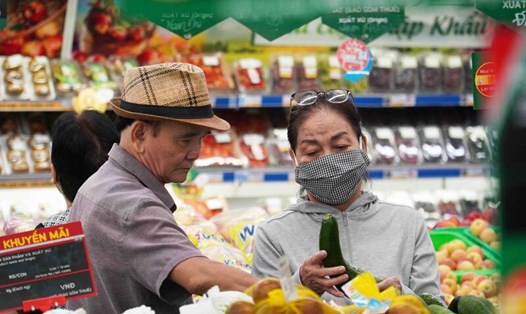In recent days, the prices of many vegetables in Ho Chi Minh City have fluctuated slightly, some items have increased due to the impact of prolonged rain.
At traditional markets, vegetables from the Central and Northern provinces have been cut off from supply due to recent storms that have damaged the entire vegetable area.
"A lot of storms and rain have affected the vegetable output of gardeners. Some types of goods are of reduced quality and are damaged, so I do not import goods. At the same time, harvesting and transportation costs have also increased, causing a significant decrease in the amount of goods brought to the market" - Ms. Le Thi Ha, a trader at Hoa Binh market said.
The Thu Duc wholesale market also said that the prices of vegetables with reduced supply while the demand for purchases is still stable will increase. On the contrary, for items that are sluggish, with only average import volumes and inventory, prices tend to decrease slightly.

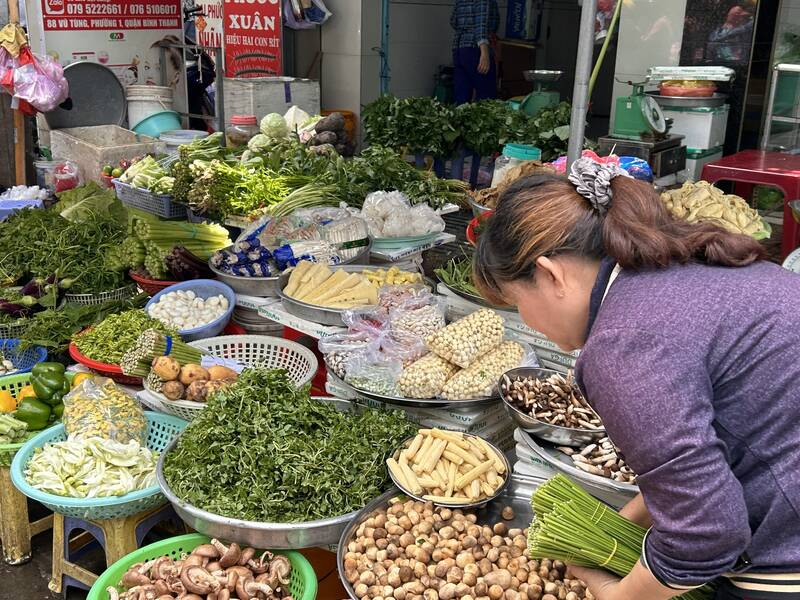
Meanwhile, pork products remain stable. Representatives of associations and livestock businesses said that the current supply of pork is very abundant, not affected by the weather like other agricultural groups.
According to Mr. Nguyen Kim Doan - Vice Chairman of Dong Nai Livestock Association, the current prices in livestock farming are still low, the supply is abundant, so it is unlikely that prices will increase.
"At the end of the year, the products supplied to the market will be abundant, prices will be stable. With new statistics, Dong Nai has about 4 million pigs, accounting for 1/8 of the total flock in the country, capable of meeting a large supply for the market in the coming time" - Mr. Nguyen Kim Doan said.
According to the Department of Industry and Trade of Ho Chi Minh City, the city consumes an average of 10,000-11,000 pigs per day, and this figure can increase to 12,000-13,000 pigs during Tet alone.
Retailers have since September required suppliers to commit to output of goods, total herds, and herd reserves, focusing on large-scale farms in key livestock areas, with the goal of increasing at least 5-10% of meat output for consumers at the end of the year.
Statistics from the Department of Agriculture and Environment of Ho Chi Minh City show that as of mid-October 2025, the city has over 1.3 million pigs, mainly concentrated in the Binh Duong and Ba Ria - Vung Tau areas (before the merger), which can meet nearly 60% of the consumption needs of local people.
It is expected that during the peak of Tet, when purchasing power increases, the city will proactively regulate the bringing of pigs from neighboring localities to slaughter and supply to the market.
Along with the International Pork Exchange expected to operate from December 1, the city hopes to not only fully meet year-end consumption demand but also keep prices stable, preventing shortages or price fever for this key item.

